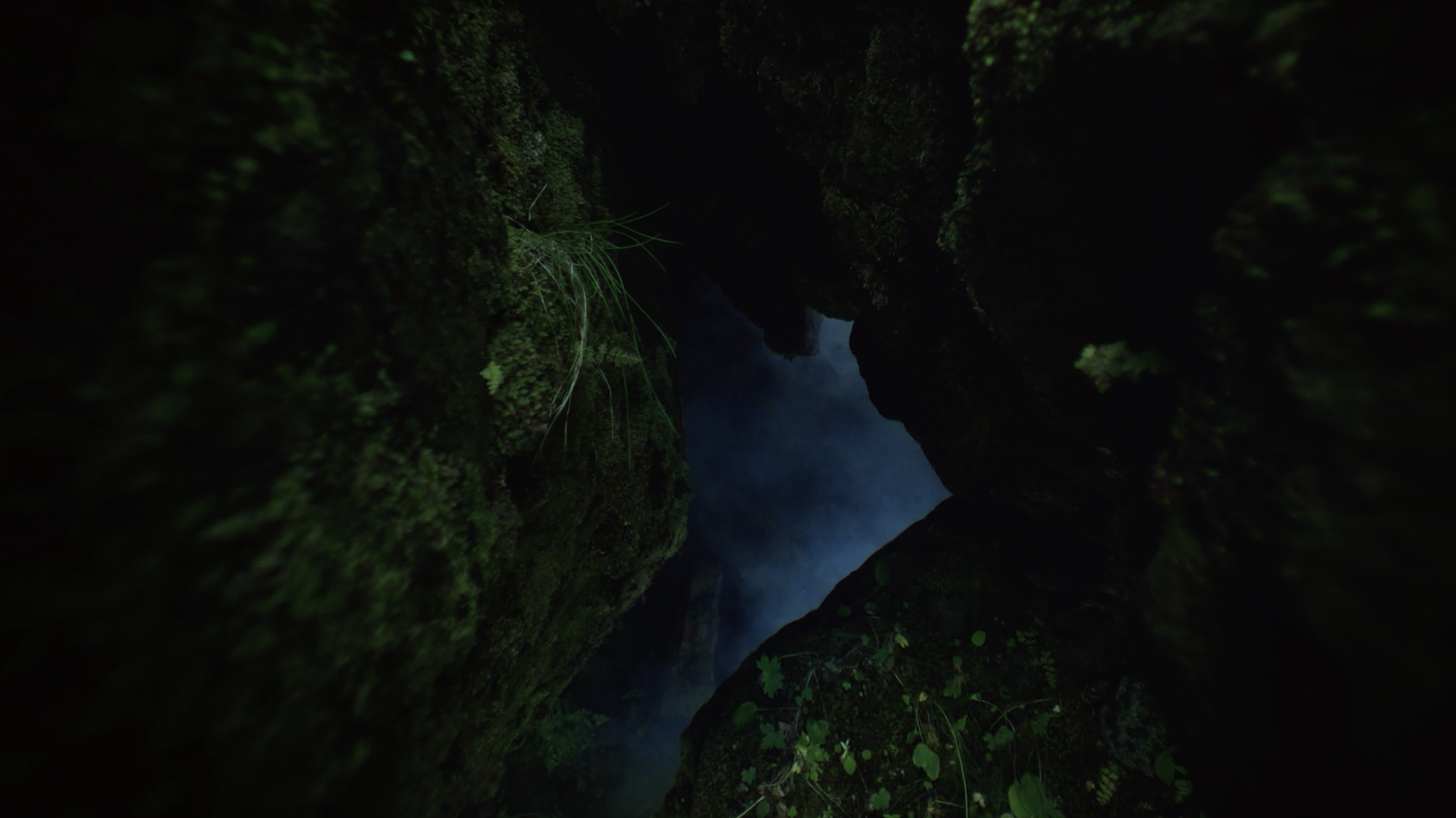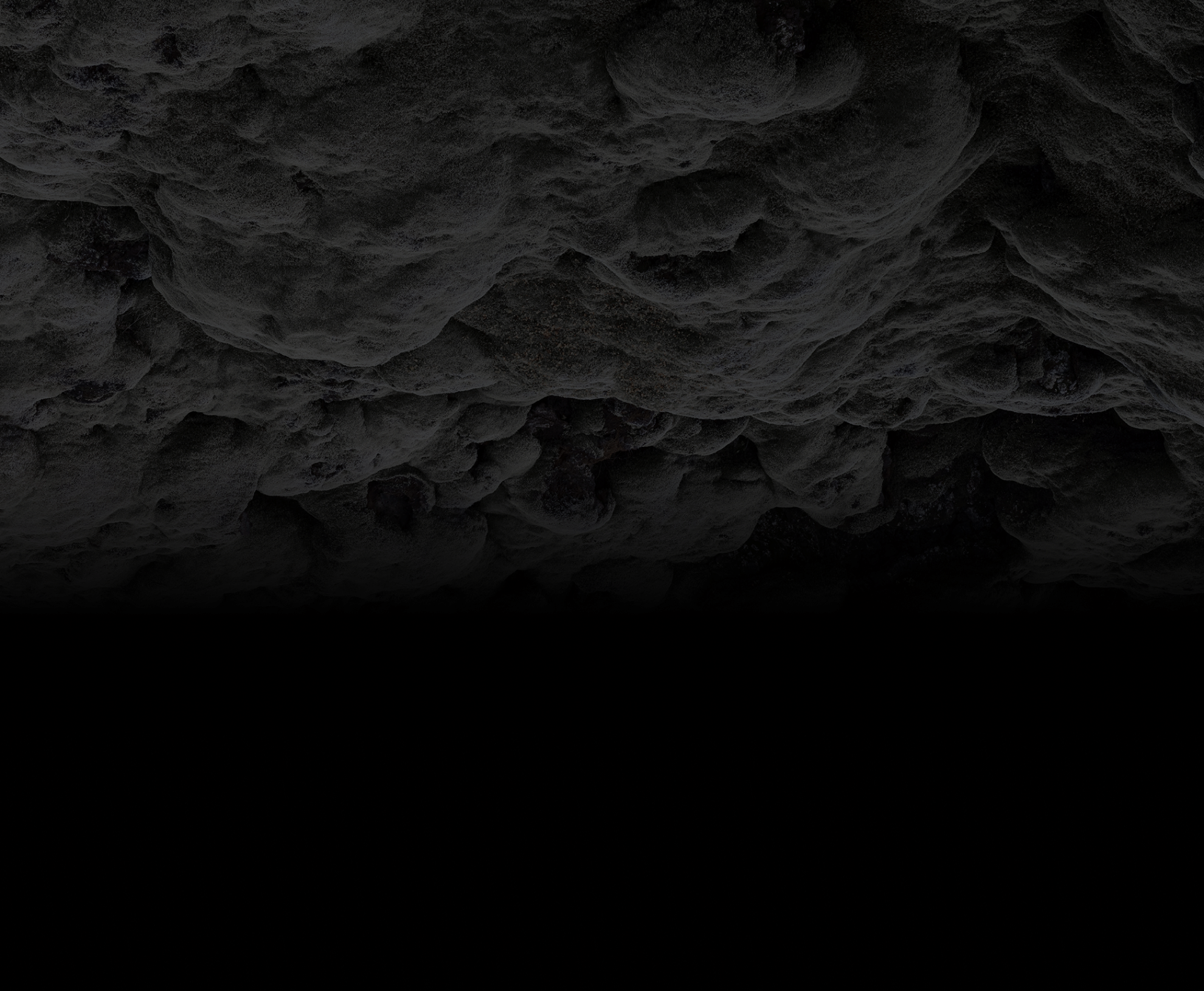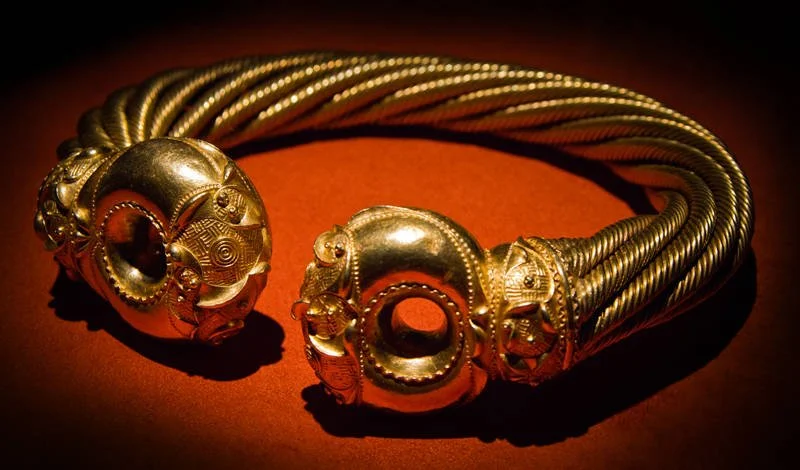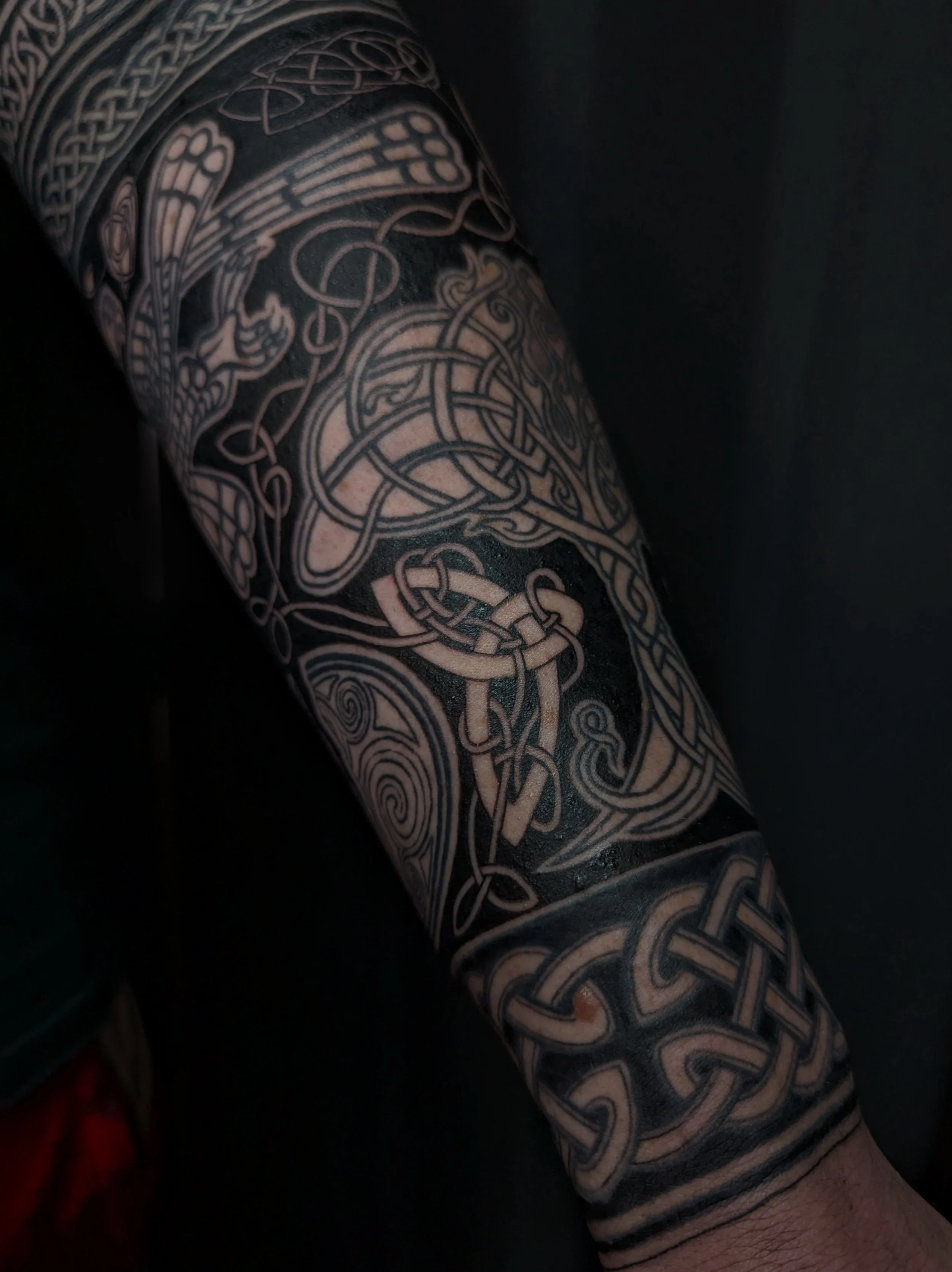
Celtic Tattoos
But not as we know them.
Celtic artwork has been around for thousands of years, nobody knows exactly for how long - it’s at least over five thousand years old, it may be even tens of thousands of years old, or more. We have no idea how old this art is. Humans, Neanderthals and pre humans have been known to have been carving stones, bones, egg shells and ivory with a clear understanding of geometry for at least seventy thousand years. It’s possible this ancient art was a distant precursor to Celtic art work such as the famous Knotwork style. Our Celtic ancestors could have inherited the art from a precursor culture that is now lost to history. Unfortunately not a lot of art has survived over the millennia. What we do know comes from carved stones, scattered across northern Europe, the occasional burial site where some precious metals, or occasionally some leather work survives, perhaps a bit of cloth here and there, but the rest has been eroded by time and lost forever.
A lot of what we know of the more recent - pre and post Roman art style comes from - perhaps surprisingly, mostly Christian sources. There are several key findings, illuminated manuscripts, Gospels, or other works of Christian literature found here and there, often not fully intact, filled with unbelievably beautifully decorated pages of interweaving knotwork, animals, birds, people, trees. A precious glimpse into the artistic styles of a culture that was mostly an oratory tradition. That is - it was mostly a spoken tradition and as far as we know they did not write a lot down. Anything they did record, whether that was art, stories, or knowledge has largely been lost, decayed, or deliberately destroyed.
We know for a certainty that the Celtic peoples of pre-Roman Britain were tattooed. In fact whilst the Romans had encountered tattooing on their conquest north through Europe, they had not experienced tattooing on a level like they encountered when reaching the Celtic (now British) isles when the they invaded in 55 BC. As Caesar wrote in his account of the Gallic Wars, “All the Britons dye themselves with woad, which produces a blue colour, and makes their appearance in battle more terrible.” Such was the effect of their appearance that they became known throughout Europe as the Pretani, a Celtic word meaning the ‘painted’ or the ‘tattooed’ ones. From that, it’s thought - but not proven, the name Pretan was adopted as a name for the territory. Pretan became Bretan, from which Britain was eventually derived.
Britain could quite literally mean “land of tattooed people”.
Some have argued that the Britons were only painted and not tattooed, however later Roman scholars were convinced that what Caesar saw was ink. “That region is partly held by barbarians who from childhood have different pictures of animals skilfully implanted on their bodies so that as the man grows, so grow the marks painted on him,” wrote Gaius Julius Solinus in the 3rd Century. “There is nothing more that they consider as a test of patience than to have their limbs soak up the maximum amount of dye through these permanent scars.” When the Normans arrived in 1066, they too would discover the British fondness for tattoos. In the 12th Century, the chronicler William of Malmesbury described how tattooing was one of the first practices the Normans adopted from the natives.
Sadly, we will not ever know what they were tattooed with. Other than Gaius Julius Solinus’ reference to “pictures of animals”, we have no other pointers as to what the actual tattoos were. We shall never know for sure what they adorned their bodies with, or why. Whether it was a right of passage, a punishment, a show of strength, a badge of honour, or just plain appreciation for the visual decoration of bodies (much as it is today), we shall never know. No drawings have been found showing their tattoos. No tattooed bodies in Britain have been found frozen, nor in bogs. So whilst we have surviving examples of Celtic artwork, that doesn’t necessarily mean that our ancestors were tattooing themselves with these art styles.
With all this uncertainty, it falls to us as modern tattooers to carry the torch of Celtic tattooing how we feel is right. This means each of us must look to ourselves, look deep into our collective past, and pull from that great depth something that resonates with us spiritually, culturally and artistically. For me, this has guided me to the tattoos I have made, to the ideas I am fleshing out now, and to the concepts that swirl around in my mind, incomplete and partly realised, shrouded in mist and darkness, before my hand brings them into the light of day.
A canvas is as important to the art as the art itself, for without a good canvas - be it stone, wood, paper or skin, how can one produce the best possible art? Art that communicates something across time, something moving, something spiritual, something beautiful. I hope to find the right canvases for my art, and that means finding the right people. Someone with whom my art resonates, someone for whom Celtic art speaks volumes. Someone who wishes to explore their cultural past. Perhaps someone who wishes to honour our ancestors and carry the torch forward. Someone for who the silence of our ancestors is deafening.
If you believe that someone is you, please fill out my booking form here and get in touch.
Join me and together we can explore the possibilities of Celtic art and Tattooing, realised upon your skin.
Sebastian Roashe
An example of Celtic artwork in a Christian manuscript, this is a double page from the “Book of Kells” - an illuminated manuscript of the four Gospels of the new testament written in Latin. Circa ~ 800AD
Celtic tattoos and art across time.
An intricately carved stone ball from Towie in Aberdeenshire, dated from 3200 to 2500 BC. The ball measures only 73mm at its widest point, and has four raised faces. Hundreds of other examples of these carved balls have been found in Aberdeenshire, although this is considered as the finest.
This stone ball pre-dates Christianity by at least two-and-a-half thousand years.
The Great Torc from Snettisham is a large Iron Age Torc or neck ring in electrum, from the 1st century BC. It is one of the finest pieces of early Celtic art in a distinctly British Celtic style.
64 complex threads of metal were grouped into ropes and twisted around each other to create the crescent shaped necklace; the ends of the torc were cast in moulds with La Tène designs and welded onto the metal ropes to create the whole composition
Celtic art for beauty, for war, or both?
The Battersea Shield is one of the most significant pieces of ancient Celtic art found in Britain. It is a sheet bronze covering of a (now vanished) wooden shield decorated in La Tène style.
It was dredged from the bed of the River Thames at Battersea in London in 1857, during excavations for the predecessor of Chelsea Bridge; in the same area workers found large quantities of Roman and Celtic weapons and skeletons in the riverbed, leading many historians to conclude that the area was the site of Julius Caesar's crossing of the Thames during the 54 BC invasion of Britain
A pair of bronze swords of the Hallstatt culture from northern central Europe. The Hallstatt culture was an early form of Celtic culture, The Hallstatt culture is the earliest to be identified as associated with Celtic culture, spreading from north of the Alps west into France, Southern Britain and the Iberian Peninsula.
These swords are thought to be over three thousand years old, and shows high skill and craftsmanship in its design, manufacture and decoration.

The Celtic Revival
The revival of interest in Celtic visual art came sometime later than the revived interest in Celtic literature. By the 1840s reproduction Celtic brooches and other forms of metalwork were fashionable, initially in Dublin, but later in Edinburgh, London and other countries. Interest was stimulated by the discovery in 1850 of the Tara Brooch, which was seen in London and Paris over the next decades. The late 19th century reintroduction of monumental Celtic crosses for graves and other memorials has arguably been the most enduring aspect of the revival, one that has spread well outside areas and populations with a specific Celtic heritage.
A beautiful example of Celtic Cross as a grave, in an undisclosed churchyard in south west Wales, dating from the mid 1800’s. Highly intricate knotwork balls are structurally laid out all over the cross, with snakes weaving amongst them following the over and under style of Celtic knotwork. The main knotwork ball at the centre of the cross is surrounded by a ring of classical Celtic spirals, with the Nimbus (the ring, representing a halo of illumination to indicate holy or sacred figures) being also adorned with Celtic knotwork.
The Tara Brooch is an Irish Celtic brooch, dated to the late-7th or early-8th century. It is of the pseudo-penannular type (with a fully closed head or hoop), and made from bronze, silver and gold. Its head consists of an intricately decorated circular ring, and overall, its front and reverse sides are equally decorated; each holds around 50 inserted cast panels packed with filigree. The brooch was constructed from numerous individually made pieces; all of the borders and its terminals contain multiple panels holding multi-coloured studs, interlace patterns, filigree, and Celtic spirals. The brooch is widely considered the most complex and ornate of its kind and would have been commissioned as a fastener for the cloak of a high-ranking cleric or as ceremonial insignia of high office for a High King of Ireland.
At only 8.7 cm diameter, its decoration and ornamentation are so detailed and minute that parts can only be fully seen using magnification, leading to one 19th-century critic writing that it was "more like the work of fairies than of human beings". The archaeologist Niamh Whitfield called it "the most ornate and intricate piece of medieval jewellery ever found in Ireland", while the National Museum of Ireland describes it as representing "the pinnacle of early medieval Irish metalworkers’ achievement".
The Tara Brooch helped fuel the revived interest in Celtic arts and culture in the 1800’s after it’s discovery. Celtic Revival jewellery become fashionable in the 1840s. Utilising this trend, owner at the time George Waterhouse later placed the Tara Brooch as the centerpiece of his replica Celtic brooches in his Dublin shop, and exhibited it at the Great Exhibition of 1851 in London, the Great Industrial Exhibition of 1853 in Dublin, and Exposition Universelle of 1855 in Paris. Selling replicas of the brooch at these shows was part of a wider interest in Celtic artwork that was increasingly popular.
The Celtic Renaissance?
By the 1980s a new Celtic Revival had begun, which continues to this day. Often this late 20th-century movement is referred to as the Celtic Renaissance. By the 1990s the number of new artists, craftsmen, designers and retailers specializing in Celtic jewellery and crafts was rapidly increasing. The Celtic Renaissance has been an international phenomenon, with participants no longer confined to just the Old-World Celtic countries.
Tattooing can certainly be counted as one of the many crafts that experienced a resurgence in the 1980’s and 1990’s, with Celtic tattoos being a highly popular style at the time. Although tattooing was a lot more “underground” then than it is now, Celtic tattoos we a massive part of the tattoo culture at the time. There are many people walking around today who will be sporting a Celtic cross, a knotwork pattern, Triskelion, Spiral, knotwork band or even animals done in the Celtic style.
Celtic style tattoos slowly decreased in their popularity though the 2000’s as new styles of tattooing came into the zeitgeist, and after the 2008 introduction of the first smartphone, and subsequently apps like Instagram, Facebook, Reddit, Tumblr and more, as well as the influence of celebrities wearing tattoos visibly and in public on national television, tattooing exploded in popularity. Every style under the sun was experimented with, some had their 15 minutes and then faded away, others have stuck around. Interestingly, it is the oldest styles of tattooing that have retained their popularity, the ones with the longest history of development by skilled artists and visionaries across time. Styles such as traditional Japanese, Polynesian, Maori, American Traditional - and Celtic, are still going strong.
It is because of their long development as an art style, their resilience against ageing as a tattoo, their bold look, as well as many peoples modern interest at looking into and connecting with their past, that these traditional styles are increasingly popular once more. It would be fair to say that these styles never actually stopped getting tattooed nor dropped out of popularity, some other styles simply stole the spotlight for a short period of time.
As a newer generation tattooer myself, it is these reasons that also draw me to the Celtic style of art. I am Celtic, a Celt. My ancestry originally heralds from Scotland and Northern England (with a tiny Scandinavian influence according to a genetic test - pesky Vikings..) where my ancestors then moved to Ireland for a few generations. Thence they moved to England for a couple more generations, where I was born. I have now since move to Wales, thereby completing British (or Celtic) Isles bingo. It is this connection and knowledge of my past that is driving my interest to learn more about my past, my ancestors and their arts, practices, their history, and that connects me to the Celtic art style.
It is in honour of my ancestors, and in the effort to develop and evolve my own style of Celtic tattooing that I find myself living in the heart of Wales, surrounded by native Welsh speakers, surrounded by Celtic history, legends and myths. On a rural hillside in south west Wales sits my house, directly opposite the largest stone monument in Britain, Y Garn Goch - The Red Cairn, an approximately 5700 year old Neolithic monument. I am surrounded by such strong influences of Celtic and pre Celtic culture, and this pushes me and inspires me to develop my tattooing to new levels, furthering the development of Celtic tattooing.
Above, a tattooist works on a popular design from the 80’s and 90’s, a Celtic Cross, with a “Trinity” knot at the centre.
Below, an example of modern Celtic style tattooing by the author, showing a mix of Celtic styles, motifs and knotwork applications.
Celtic tattooing going into the future.
As I learn more about my Celtic ancestors, and further my knowledge and understanding of their arts, practices and beliefs, I am able to further develop my ideas and expression in my own style of Celtic tattooing.
By studying how other historically developed styles of tattooing have evolved through time to their current styles and techniques, I then look to how I can apply these same principles to Celtic artwork to evolve my own style of Celtic tattooing. Using old tattoo cultures such as traditional Japanese, Maori, Polynesian, and even American Traditional techniques, I am able to add insight and design ideas and characteristics to my own work, using methods, practices and rules that they have developed of an unbroken line of thousands of years of practice.
In this way, I seek to bring the Celtic art style to new levels when expressed in the medium of ink and skin, and hope that in my exploration I will be able to form a link to our heavily tattooed Celtic ancestors, once spoken about with such interest by Emperors and Scholars past.
If you would like to join me in this journey of artistic discovery by getting a tattoo, please get in contact with me via my booking form, or be sending me an email.
I look forward to seeing what we can create together.
A modern Celtic style tattoo by the author, depicting the Hounds of Annwn (Cŵn Annwn), who belonged to Arawn - Lord of the underworld in the traditional Celtic Mabinogion Folklore, as part of a sleeve representing Arawn.
Make an Enquiry
Fill out my Booking form if you are interested to start the Journey towards a Celtic tattoo of your own.














